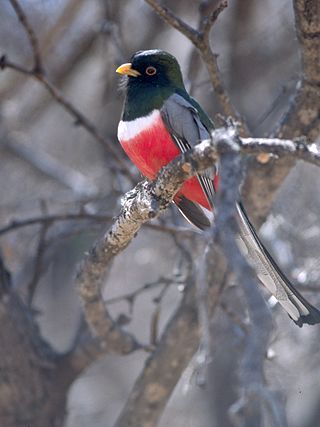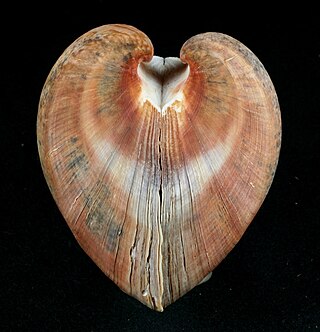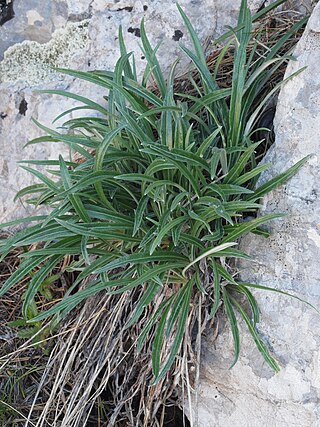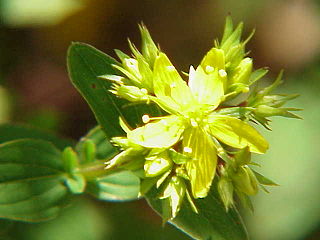
Caenorhabditis elegans is a free-living transparent nematode about 1 mm in length that lives in temperate soil environments. It is the type species of its genus. The name is a blend of the Greek caeno- (recent), rhabditis (rod-like) and Latin elegans (elegant). In 1900, Maupas initially named it Rhabditides elegans. Osche placed it in the subgenus Caenorhabditis in 1952, and in 1955, Dougherty raised Caenorhabditis to the status of genus.

Sir John Edward Sulston was a British biologist and academic who won the Nobel Prize in Physiology or Medicine for his work on the cell lineage and genome of the worm Caenorhabditis elegans in 2002 with his colleagues Sydney Brenner and Robert Horvitz. He was a leader in human genome research and Chair of the Institute for Science, Ethics and Innovation at the University of Manchester. Sulston was in favour of science in the public interest, such as free public access of scientific information and against the patenting of genes and the privatisation of genetic technologies.

The blue-tailed damselfly or common bluetail is a damselfly, belonging to the family Coenagrionidae.

The elegant trogon, also known as the coppery-tailed trogon, is a near passerine bird in the trogon family.

Ctenochasma is a genus of Late Jurassic ctenochasmatid pterosaur belonging to the suborder Pterodactyloidea. Three species are currently recognized: C. roemeri, C. taqueti, and C. elegans. Their fossilized remains have been found in the Solnhofen Limestone of Bavaria, Germany, the "Purbeck Group" of northeastern Germany, and the Calcaires tâchetés of eastern France.

The Cardueae are a tribe of flowering plants in the daisy family (Asteraceae) and the subfamily Carduoideae. Most of them are commonly known as thistles; four of the best known genera are Carduus, Cynara, Cirsium, and Onopordum.

The Nubian flapshell turtle or Nubian soft-shelled turtle is one of two species of softshell turtle in the genus Cyclanorbis of the Trionychidae family. It is thought to have ranged from West Africa east through Central Africa to South Sudan, although it has been extirpated from the vast majority of its range.

The false ark shells (Cucullaea) are a small genus of marine bivalve molluscs related to the ark clams. The genus is the only member of the family Cucullaeidae.

The western terrestrial garter snake is a western North American species of colubrid snake. At least five subspecies are recognized.

Amphoricarpos is a genus of flowering plants in the family Asteraceae described as a genus in 1847.
Chaetonotus elegans is a species of gastrotrichs in the genus Chaetonotus. It is found in freshwater of Europe.

Zinnia elegans known as youth-and-age, common zinnia or elegant zinnia, is an annual flowering plant in the family Asteraceae. It is native to Mexico but grown as an ornamental in many places and naturalised in several places, including scattered locations in South and Central America, the West Indies, the United States, Australia, and Italy.
mir-48 microRNA is a microRNA which is found in nematodes, in which it controls developmental timing. It acts in the heterochronic pathway, where it controls the timing of cell fate decisions in the vulva and hypodermis during larval development.
In molecular biology mir-84 microRNA is a short RNA molecule. MicroRNAs function to regulate the expression levels of other genes by several mechanisms.
Prioniodus is an extinct genus of conodonts in the family Balognathidae from the Ordovician.

Hypericum elegans is a species of flowering plant in the St. John's wort family Ericaceae. It is native to Europe.

Bauruemys is an extinct genus of turtles in the family Podocnemididae.
Semotivirus is the only genus of viruses in the family Belpaoviridae. Species exist as retrotransposons in a eukaryotic host's genome. BEL/pao transposons are only found in animals.

Mariannaea elegans an anamorphic fungus. It is mainly found on rotting wood and soil. M. elegans is not pathogenic to humans, animals, or plants.
The Daf-9 gene encodes a cytochrome p450 enzyme catalysis the generation of dafachronic acid in the worm Caenorhabditis elegans, with the CYP Symbol CYP22A1. After generation, dafachronic acid will binding it's nuclear receptor Daf-12 and has been implicated by Cynthia Kenyon and colleagues related to the formation of Dauer larva.














